Speaker
Description
We combine and extend the analyses of effective scalar, vector, Majorana and Dirac fermion Higgs portal models of Dark Matter (DM), in which DM couples to the Standard Model (SM) Higgs boson via an operator of the form $\mathcal{O}_{\textrm{DM}}\, H^\dagger H$. For the fermion models, we take an admixture of scalar $\overline{\psi} \psi$ and pseudoscalar $\overline{\psi} i\gamma_5 \psi$ interaction terms. For each model, we apply constraints on the parameter space based on the Planck measured DM relic density and the LHC limits on the Higgs invisible branching ratio. For the first time, we perform a consistent study of the indirect detection prospects for these models based on the WMAP7/Planck observations of the CMB, a combined analysis of 15 dwarf spheroidal galaxies by Fermi-LAT and the upcoming Cherenkov Telescope Array (CTA). We also perform a correct treatment of the momentum-dependent direct search cross-section that arises from the pseudoscalar interaction term in the fermionic DM theories. We find, in line with previous studies, that current and future direct search experiments such as LUX and XENON1T can exclude much of the parameter space, and we demonstrate that a joint observation in both indirect and direct searches is possible for high mass WIMPs. In the case of a pure pseudoscalar interaction of a fermionic DM candidate, future gamma-ray searches are the only class of experiment capable of probing the high mass range of the theory.
